Gaojian Huang
Energy-Efficient Resource Allocation for NOMA-Assisted Uplink Pinching-Antenna Systems
May 12, 2025Abstract:The pinching-antenna architecture has emerged as a promising solution for reconfiguring wireless propagation environments and enhancing system performance. While prior research has primarily focused on sum-rate maximization or transmit power minimization of pinching-antenna systems, the critical aspect of energy efficiency (EE) has received limited attention. Given the increasing importance of EE in future wireless communication networks, this work investigates EE optimization in a non-orthogonal multiple access (NOMA)-assisted multi-user pinching-antenna uplink system. The problem entails the joint optimization of the users' transmit power and the pinching-antenna position. The resulting optimization problem is non-convex due to tightly coupled variables. To tackle this, we employ an alternating optimization framework to decompose the original problem into two subproblems: one focusing on power allocation and the other on antenna positioning. A low-complexity optimal solution is derived for the power allocation subproblem, while the pinching-antenna positioning subproblem is addressed using a particle swarm optimization algorithm to obtain a high-quality near-optimal solution. Simulation results demonstrate that the proposed scheme significantly outperforms both conventional-antenna configurations and orthogonal multiple access-based pinching-antenna systems in terms of EE.
Beyond Levels of Driving Automation: A Triadic Framework of Human-AI Collaboration in On-Road Mobility
Apr 27, 2025

Abstract:The goal of the current study is to introduce a triadic human-AI collaboration framework for the automated vehicle domain. Previous classifications (e.g., SAE Levels of Automation) focus on defining automation levels based on who controls the vehicle. However, it remains unclear how human users and AI should collaborate in real-time, especially in dynamic driving contexts, where roles can shift frequently. To fill the gap, this study proposes a triadic human-AI collaboration framework with three AI roles (i.e., Advisor, Co-Pilot, and Guardian) that dynamically adapt to human needs. Overall, the study lays a foundation for developing adaptive, role-based human-AI collaboration strategies in automated vehicles.
Assessing Alcohol Use Disorder: Insights from Lifestyle, Background, and Family History with Machine Learning Techniques
Oct 24, 2024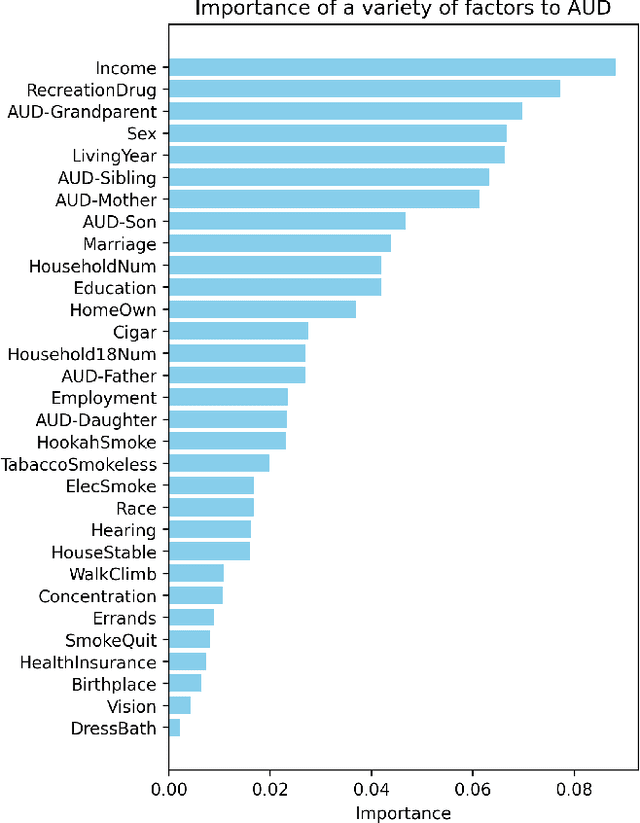
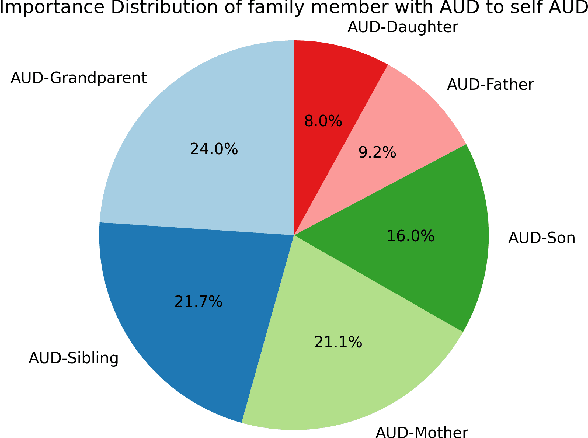


Abstract:This study explored how lifestyle, personal background, and family history contribute to the risk of developing Alcohol Use Disorder (AUD). Survey data from the All of Us Program was utilized to extract information on AUD status, lifestyle, personal background, and family history for 6,016 participants. Key determinants of AUD were identified using decision trees including annual income, recreational drug use, length of residence, sex/gender, marital status, education level, and family history of AUD. Data visualization and Chi-Square Tests of Independence were then used to assess associations between identified factors and AUD. Afterwards, machine learning techniques including decision trees, random forests, and Naive Bayes were applied to predict an individual's likelihood of developing AUD. Random forests were found to achieve the highest accuracy (82%), compared to Decision Trees and Naive Bayes. Findings from this study can offer insights that help parents, healthcare professionals, and educators develop strategies to reduce AUD risk, enabling early intervention and targeted prevention efforts.
Identification of Adaptive Driving Style Preference through Implicit Inputs in SAE L2 Vehicles
Sep 21, 2022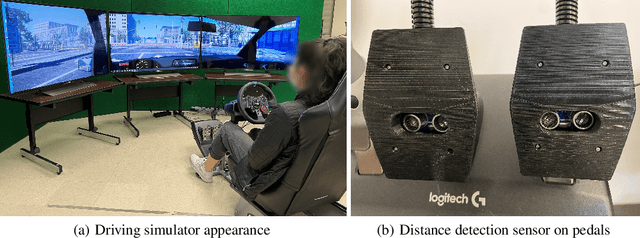
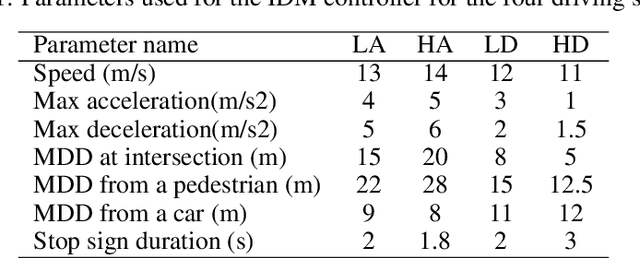
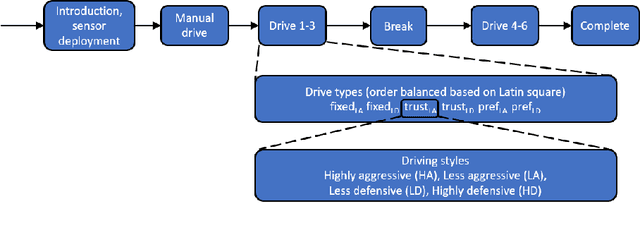

Abstract:A key factor to optimal acceptance and comfort of automated vehicle features is the driving style. Mismatches between the automated and the driver preferred driving styles can make users take over more frequently or even disable the automation features. This work proposes identification of user driving style preference with multimodal signals, so the vehicle could match user preference in a continuous and automatic way. We conducted a driving simulator study with 36 participants and collected extensive multimodal data including behavioral, physiological, and situational data. This includes eye gaze, steering grip force, driving maneuvers, brake and throttle pedal inputs as well as foot distance from pedals, pupil diameter, galvanic skin response, heart rate, and situational drive context. Then, we built machine learning models to identify preferred driving styles, and confirmed that all modalities are important for the identification of user preference. This work paves the road for implicit adaptive driving styles on automated vehicles.
 Add to Chrome
Add to Chrome Add to Firefox
Add to Firefox Add to Edge
Add to Edge